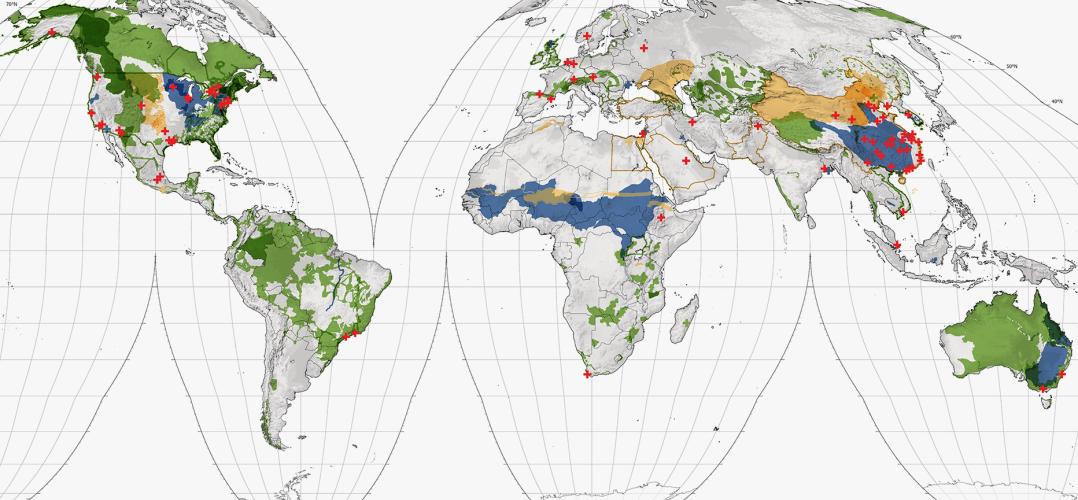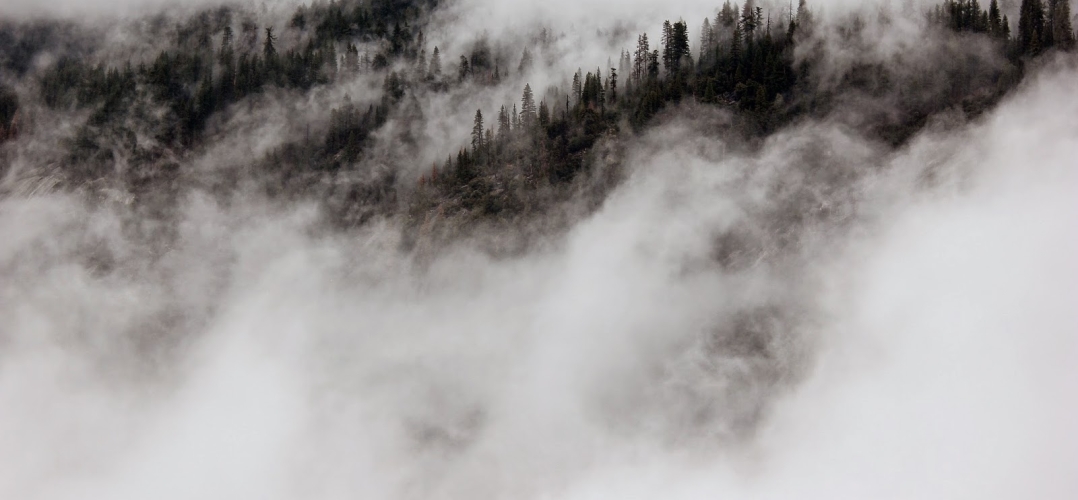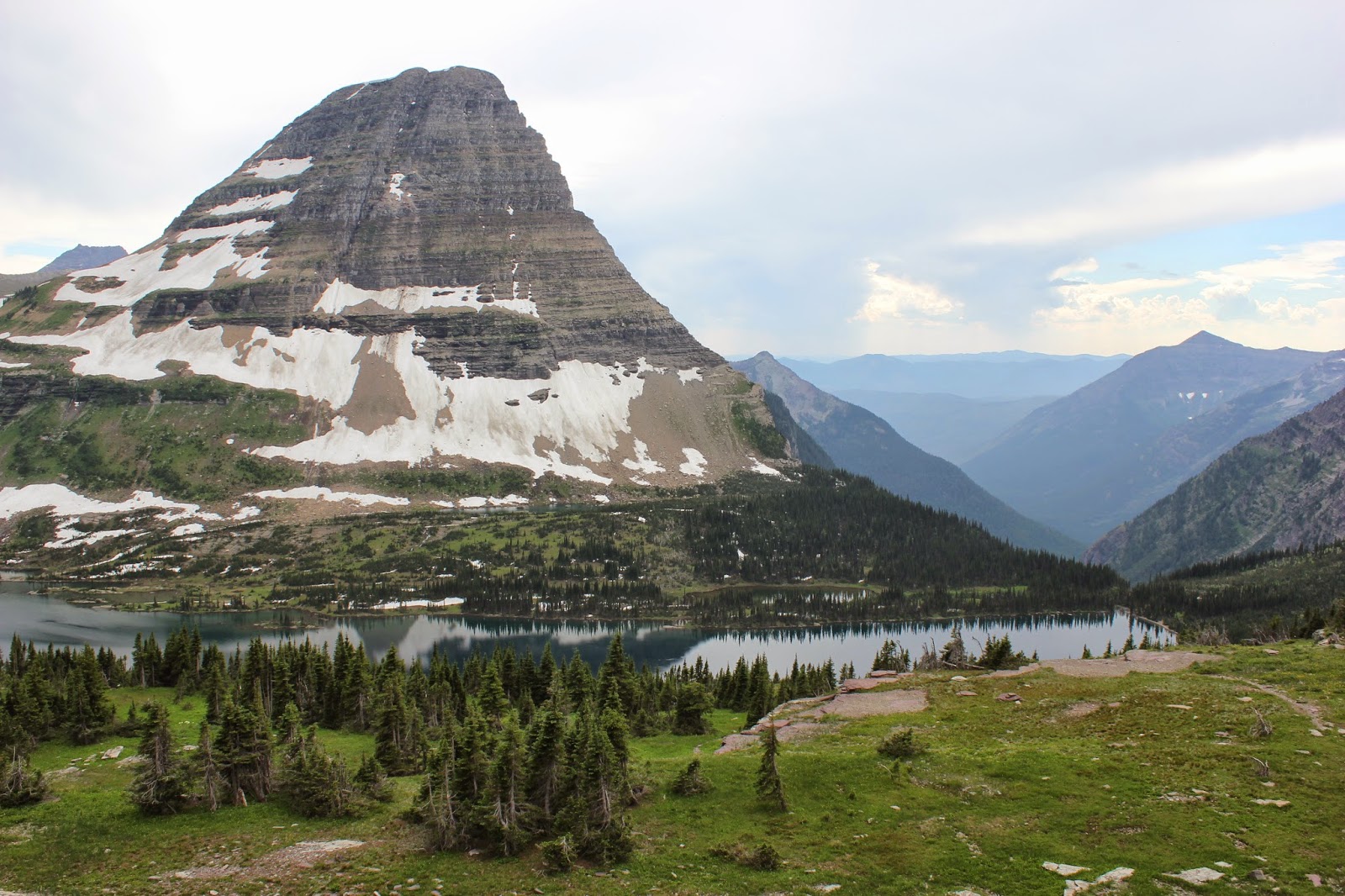Join our mailing list and receive invitations to our events and updates on our research in your inbox.
News + Events

Test
Test
Test
Test
Test
Test
Test
Test
Test

Reading Environmental Principles and Practices
The McHarg Center presents a new publication of Environmental writing from students and researchers that took part in Dean Fritz Steiner's 2024/2025 Environmental Readings courses. The full edition is available here:
https://issuu.com/penndesign/docs/environmental_readings_2024-2025
Students in the seminar explored environmental writing and theory through the lens of the design disciplines, following the intellectual "green thread" that connects nature and culture. Over the course of the semester each student authored three papers, covering a theorist, a theory, and an emerging theory. Student editors Liz VanDerwerken, Gabe Weber, and Sylvanus Duamor produced a publication that draws on a range of topics, time periods, and places, capturing the curiosity and inquiry that have been an essential part of the intellectual and theoretical traditions of the Weitzman School of Design, and the work of the McHarg Center.

A word from Dean Steiner on the publication
Our principles are our fundamental beliefs. Principles should guide actions including how we plan and design. Transcendentalism was a mid-19th century cultural movement that emphasized the importance of nature in understanding our surroundings. The principles of Transcendentalism influenced designers and planners in the United States, notably Frederick Law Olmsted Sr. He designed Central Park in New York City with Calvert Vaux and established the field of landscape architecture. In many ways, Olmsted also laid the groundwork for city and regional planning in the United States.
Lawrence Buell identified Transcendentalism as a crucial component of the “green thread” in American letters. From the senior Olmsted to the present, the ideas – the theories – from the literature have informed the practices of design and planning. Buell focused his exploration of the green thread mostly on the United States. However, principles about the interactions between nature and culture are present in other nations too.
Understanding and reading landscapes help us apply our principles about nature through our cultural practices. The University of Pennsylvania course, Environmental Readings, is intended to empower students to foster such connections. The course has three parts.
First, we explore the lives of the theorists. People like us are responsible for ideas about the design and planning of built environments. Through learning about their lives, we can be inspired in our own. Students write about a specific theorist of their choice from writer Mary Oliver to landscape historian Thaïsa Way. Second, we examine several ecological design and planning theories. Students then select one of those ideas to probe in greater detail such as green urbanism and sponge cities. In the third part of the course, students are encouraged to articulate their own theory: their own set of principles which will help guide their practices.
Collected here are papers by students in the Spring 2024 and 2025 Environmental Readings classes. In addition to master’s and doctoral students in architecture, city planning, and landscape architecture at Penn’s Stuart Weitzman School of Design, we have had students from earth and environmental science as well as education enrolled. We have also been fortunate to have visiting scholars from China and Turkey auditing the class and making valuable contributions. This the fourth set of Environmental Readings papers to be published. Two previous volumes were compiled at the School of Architecture, University of Texas at Austin. This is the second group from the Weitzman School of Design. The Penn publications are available through our McHarg Center for Urbanism and Ecology.
My goal in supporting this publication is to exhibit the rich diversity of ideas explored by the “environmental readers.” I have had the good fortune to interact with such hopeful and enthusiastic students. I especially value the commitment and attention to detail by the editors of this volume. We hope to show how the green thread of thought continues to advance, evolve, and adapt here in the United States and far beyond.